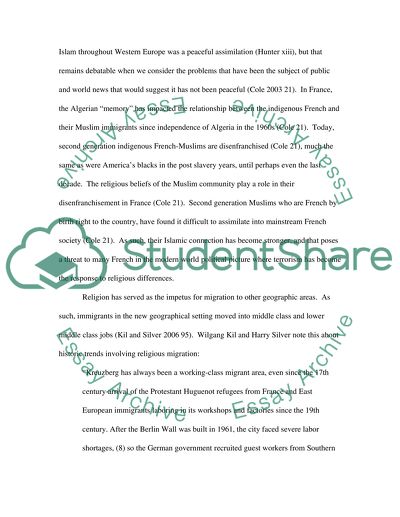Cite this document
(The Impact of Religion on Assimilation Literature review, n.d.)
The Impact of Religion on Assimilation Literature review. https://studentshare.org/religion-and-theology/1546795-literature-review-on-the-effects-of-islamreligiosity-on-assimilation8207
The Impact of Religion on Assimilation Literature review. https://studentshare.org/religion-and-theology/1546795-literature-review-on-the-effects-of-islamreligiosity-on-assimilation8207
(The Impact of Religion on Assimilation Literature Review)
The Impact of Religion on Assimilation Literature Review. https://studentshare.org/religion-and-theology/1546795-literature-review-on-the-effects-of-islamreligiosity-on-assimilation8207.
The Impact of Religion on Assimilation Literature Review. https://studentshare.org/religion-and-theology/1546795-literature-review-on-the-effects-of-islamreligiosity-on-assimilation8207.
“The Impact of Religion on Assimilation Literature Review”. https://studentshare.org/religion-and-theology/1546795-literature-review-on-the-effects-of-islamreligiosity-on-assimilation8207.


